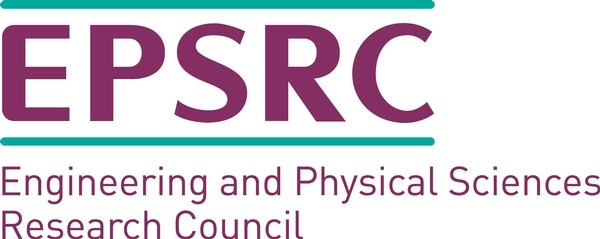News
“Structural energy storage composite supercapacitors”

Wednesday 21st March 2018 saw the second seminar in the NECEM series. The seminar was entitled “Structural energy storage composite supercapacitors” and it was delivered by Dr Natasha Shirshova at Northumbria University. Dr Shirshova’s group, based in the Department of Engineering at Durham University and collaborating with Imperial College London, Chalmers University of Technology, and the University of Vienna, has led research into structural energy storage devices, a relatively new but rapidly developing field.
A structural energy storage device fulfils two roles simultaneously; they carry mechanical loads while also storing and delivering electrical energy. One approach to these materials is to simply assemble two separate components to fit each other. A more difficult approach which could yield better results would be to develop truly multifunctional devices built from multifunctional materials. The first step of the group’s research was to choose an energy storage system as their target. They ultimately focused on developing multifunctional supercapacitors as they are useful in high power applications and do not undergo significant changes of electrode shape or volume. The group built structural supercapacitors around laminated structural carbon fibre composites. They based this choice on the common use of carbon-based materials in both structural reinforcement and as electrode materials.
As both structural composites and electrochemical devices are typically laminates, single cell structural supercapacitors entail two carbon fibre electrodes which sandwich a glass woven separator, with all of these components embedded within a multifunctional matrix. The group found that carbon aerogels made for suitable electrode materials, with improvements in the surface area and enhanced mechanical properties. The group trialled several structural separators, including glass fibres, polyesters, and Celgard membranes. However, all of these separators resulted in delamination. Instead, woven glass separators were used which were tightly woven so any “windows” in the weave were smaller than 7 mm in dimensionality. For the electrolyte, a solution of epoxy resin and liquid electrolyte was used. Ultimately, this system worked and curvature did not affect device performance.
The system studied by Dr Shirshova’s group is not without challenges for its future development. These include optimising its electrical and mechanical properties, as well as considering the device’s long-term performance, sustainability, and many other parameters. However, materials science is typically dominated by approaches which consider the chemical or the physical properties of a material, but this new approach takes both into account in the aim of the discovery of new multifunctional materials.
Last modified: Fri, 13 Apr 2018 16:06:15 BST










